The Jewish Historical Institute’s mission is to promote awareness of the thousand-year Jewish presence in Poland. They achieve this through exhibitions, artistic events, conferences, education programs, and publishing. The Institute serves as a repository of Jewish heritage, preserving collections like the Underground Archive of the Warsaw Ghetto. They also maintain Jewish cultural monuments, are developing a Judaic library, and publish works on Jewish history. Additionally, the Institute supports genealogical research, protects a large collection of Jewish art, engages in educational and cultural activities, and collaborates with other institutions. Their extensive research team conducts studies, particularly using the institute’s archives, and develops IT tools for improved resource accessibility.
The History and Significance of The Jewish Historical Institute
While a mikvah and a synagogue are the centerpieces of a Jewish community, right around the corner, a library inevitably awaits. In pre-WWII Warsaw, adjacent to the Grand Synagogue, stood the Main Judaic Library. In today’s Warsaw, the Grand Synagogue no longer stands, but the building that once housed the library does and carries on many of its original functions as the Jewish Historical Institute.
The pursuit of knowledge is highly valued by Jewish culture and aligns with many core Jewish values such as learning from everyone (known in Hebrew as “lomed m’kol adam”), connecting generations (l’dor vador), remembering the past (zachor), and repairing the world (tikkun olam).
Therefore, it is incredibly fitting that, within the location of the pre-war Main Judaic Library (Główna Biblioteka Judaistyczna), the Jewish Historical Institute houses exhibitions that fulfill each of these values and beyond. As stated by a Rabbi upon its construction, the temple of knowledge is integral to the temple of faith.
The Main Exhibition and Holding: The Underground Archive of the Warsaw Ghetto
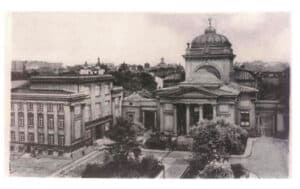
One of the main holdings at the Institute is the Underground Archive of the Warsaw Ghetto. This is also sometimes referred to as the Ringelblum Archive in honor of the man who assembled it, Dr. Emanuel Ringelblum. Born in 1900, Dr. Ringelblum wore many hats, but was primarily a historian dedicated to Jewish studies with a focus in Central and Eastern Europe. Bearing witness to the Nazi’s systematic destruction of Jewish lives during World War II, he realized the acute necessity of his work and redoubled his efforts, forming the highly secretive group “Oneg Shabbat” (Hebrew for “Joy of Shabbat”) with the goal of creating an archive of primary sources from the devastated Jewish community of Warsaw. Letters, diary entries, and other personal accounts were gathered, both creating a record to hold the aggressors accountable and perpetuating the memory of their selves, families, and nation. This was an ultimate form of resistance. Dr. Ringelblum and his peers hid these precious documents in metal containers in cellars around Warsaw to be unearthed several years later. The archives are now included on the UNESCO Memory of the World Register, fulfilling the life mission of these brave souls.
Upon entering the main exhibition based on the Ringleblum Archive, visitors are greeted with the words “What we’ve been unable to shout to the world” written in Yiddish, Polish, and English. The first room overviews the history of the two years during World War II in which Oneg Shabbat was active. The next room features a large wooden table, symbolizing the cohesion, unity, and significance of many of the core members of Oneg Shabbat. Under each name, two drawers contain information: The first about the member’s role in the group and the second documenting their fate. I went around the table, absorbing every detail about the members, acutely aware of the fact that each name represented an individual who had sacrificed without hesitation what infinitesimal security they had left to ensure the survival of the legacy of the Jewish victims of World War II. Among all members, only three survived the war, two of whom were a married couple who passed away decades later in Tel Aviv, Israel.

Entering the center room of the exhibition, a rusted milk jug is featured. This is one of the metal containers that once preserved a significant quantity of Dr. Ringelblum’s records.
The next room exhibited a wooden installation that displayed biographies of several Oneg Shabbat members. Compared to the descriptions on the table, these dove deeper into the life stories both within and outside of their involvement in Oneg Shabbat. Most strikingly, there was an original video captured stealthily from within the otherwise impenetrable walls of the Warsaw Ghetto. There were scenes containing violence towards inhabitants of the Ghetto, even children. Though I’m sure more disturbing scenes were not included and that the most alarming were not captured, to view the short film was nevertheless horrifying.
The next few rooms of the exhibition contained testaments and original documents. Though each account was unique, they shared a common theme: The desire to not be forgotten. Many individuals made sure to state their name, others included drawings of their children, but all called for justice with the grim acknowledgement that they would surely not survive to see it come to pass. My heart broke 6 million times over.
Art and “Small Synagogue” Exhibits
After exiting the Oneg Shabbat exhibit and ascending a flight of stairs, I found an exhibit displaying a temporary collection of art created by Jews around the world in memory of the Warsaw Ghetto Uprising, almost all of whom did not experience the Ghetto but felt a strong connection to their suffering brethren. The art styles varied wildly, but all managed to capture powerful emotions ranging from despair to rage to hope.
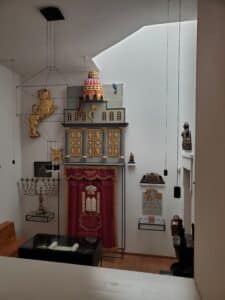
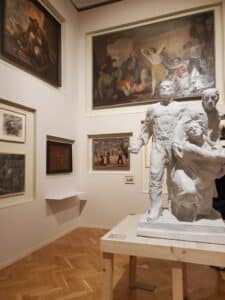
On the path to the exit, I stumbled across an exhibit named the Small Synagogue at Tłomackie Street. The Small Synagogue is designed to teach anyone interested about synagogues and how they work. Most of the objects on display are historical treasures from Polish and German synagogues that survived the Holocaust. Some of the objects date back to the 18th and early 19th centuries and many have been left with the damage inflicted on them during the Holocaust, bearing witness to the violence of that time. The exhibition also offers workshops for children and teenagers, as well as lectures for students provided by the Education Department, covering fundamental concepts of Judaism and the principles of Jewish ceremonies and festivals. Learning resources, including audio recordings of Torah fragments, an interactive app for exploring the synagogue, and educational sheets describing synagogue equipment and functioning are available.
The Significance of the Jewish Historical Institute Exhibits
As the great granddaughter of Holocaust survivors, I was raised to appreciate the gift of life. Our existence is incredibly fragile, yet even one soul can change the course of history and ignite change even in the darkest moments. Emanuel Ringelblum and every member of Oneg Shabbat fought against the injustice they witnessed with the power of records and the written word, written by individuals — each of whom fought so that future generations could live in peace and that the past would never be forgotten. What will you do?
You Might Also Like
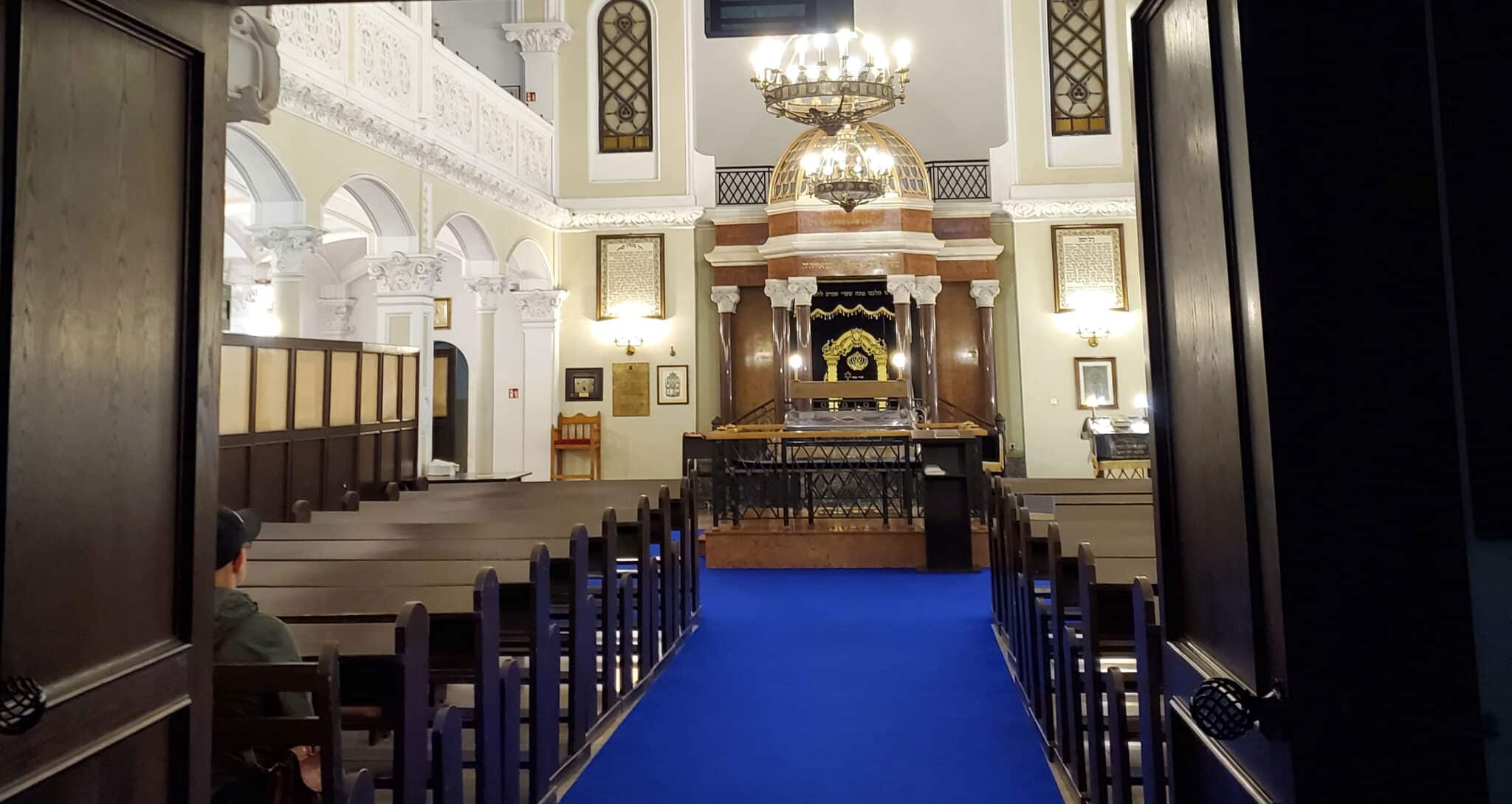
Nożyk Synagogue in Warsaw
Tucked away on a side street in central Warsaw, the heart of the city’s old Jewish center still beats within the walls of the Nożyk Synagogue. The Nożyk Synagogue was the only synagogue in Warsaw to survive the devastation of WWII. Today, it serves as the primary place of worship for the Jewish community in […]
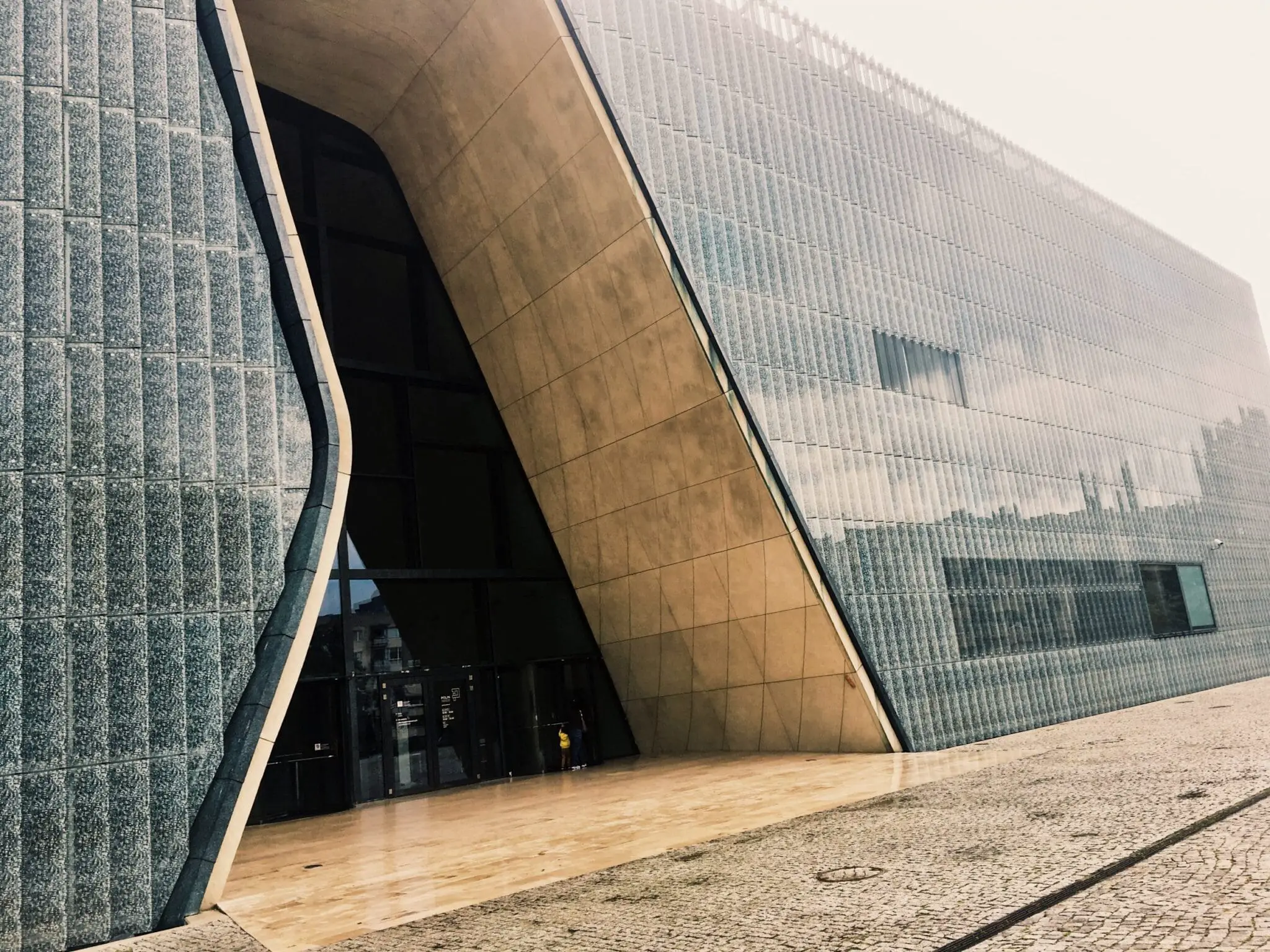
The POLIN Museum of the History of Polish Jews
The POLIN Museum of the History of Polish Jews, located in Warsaw, Poland, is a renowned cultural institution dedicated to preserving and presenting the 1,000-year history of Jewish presence in Poland and to promote tolerance, understanding, and mutual respect. It serves as a space for learning, reflection, and dialogue, exploring the rich cultural and religious […]
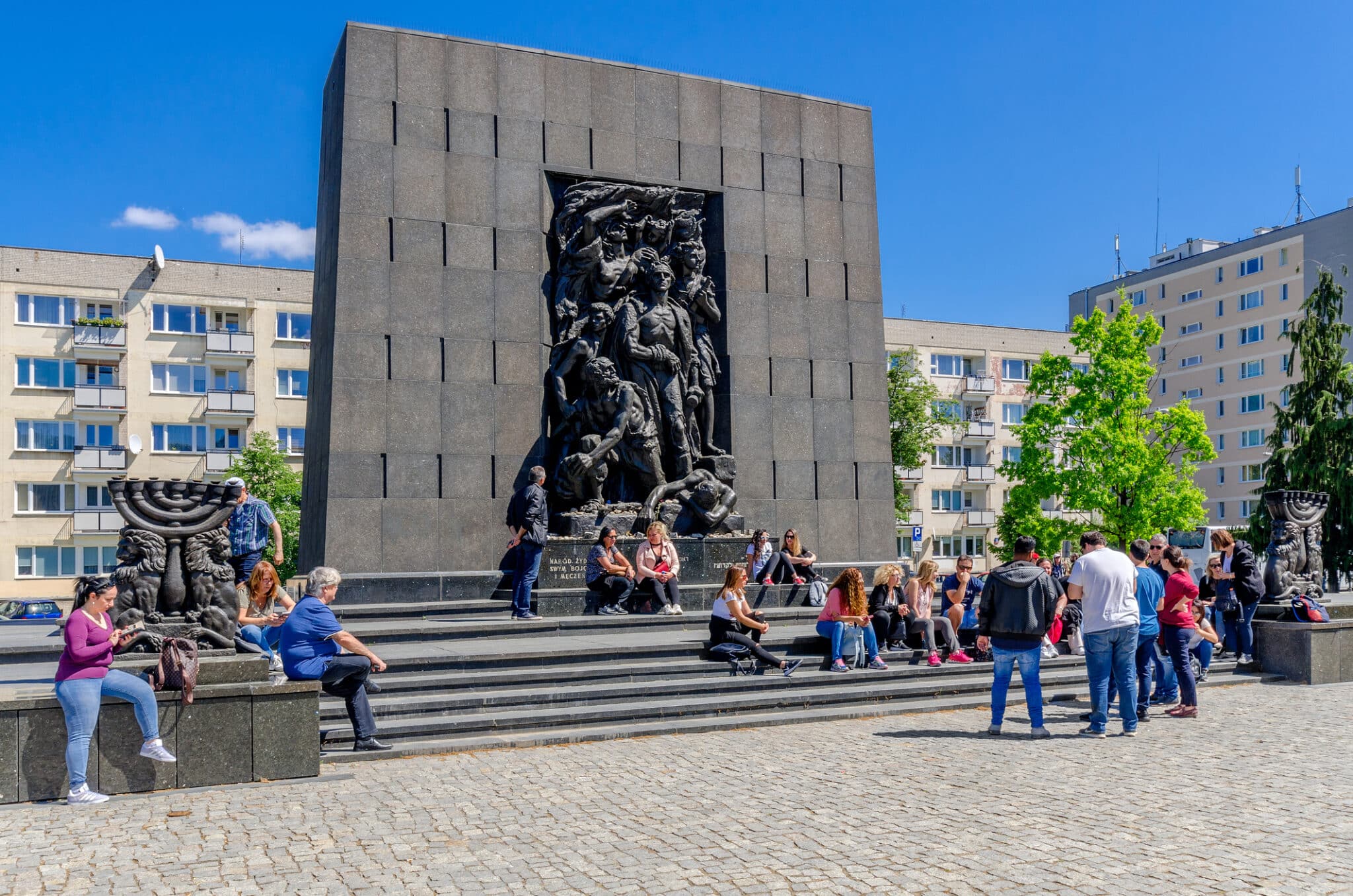
Memorial Route of Jewish Martyrdom and Struggle in Warsaw
All around Warsaw, there are reminders of the historic Jewish presence. Though Warsaw has experienced incredible change and development since WWII, the city has taken special care to ensure that the plight of the Warszavian Jewish community will never be forgotten. In the location of the former Warsaw ghetto are several memorials that educate passerbys […]
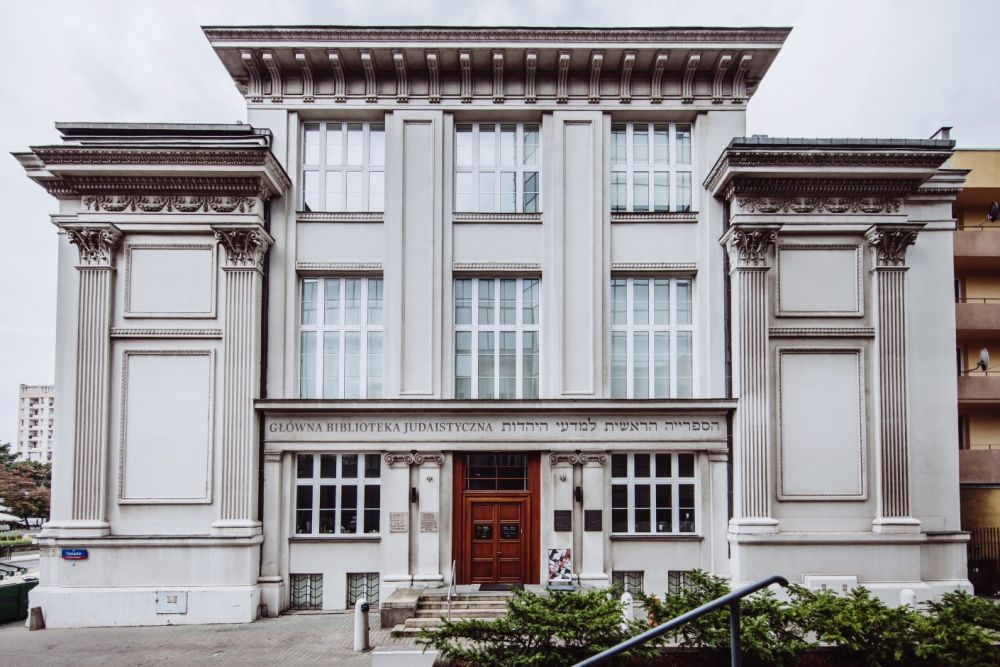
Jewish Historical Institute in Warsaw: “What We’ve Been Unable To Shout To The World”
The Jewish Historical Institute’s mission is to promote awareness of the thousand-year Jewish presence in Poland. They achieve this through exhibitions, artistic events, conferences, education programs, and publishing. The Institute serves as a repository of Jewish heritage, preserving collections like the Underground Archive of the Warsaw Ghetto. They also maintain Jewish cultural monuments, are developing […]
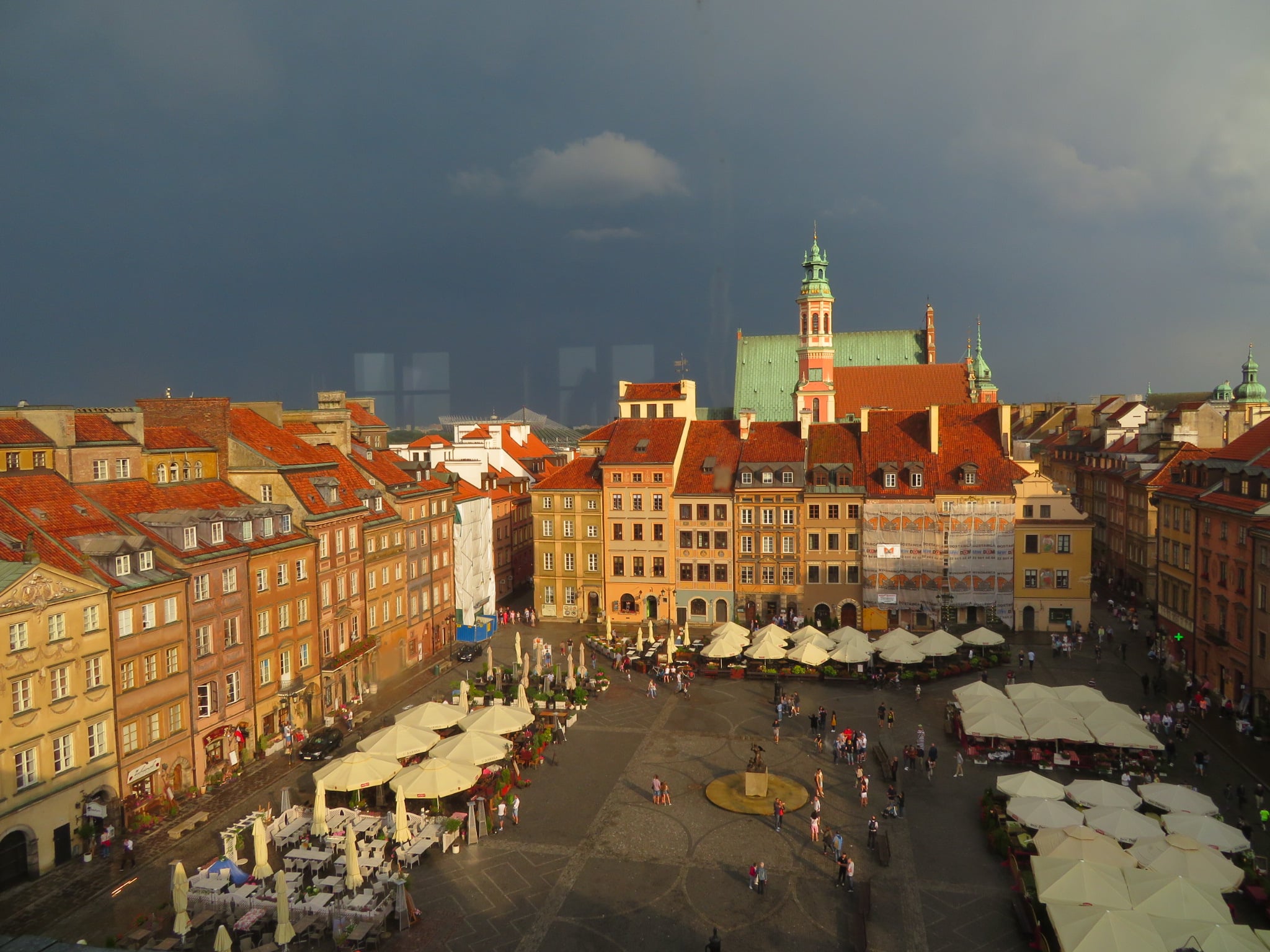
Warsaw’s Best Museums: History, Struggle, Tragedy, and Freedom
One of the best things to do when living or studying abroad, is to visit museums and historical institutes to try and learn about that particular place. For me, visiting museums is a no-brainer since I work in museums. I enjoy them. I find it fascinating to see how each museum operates, how they present […]
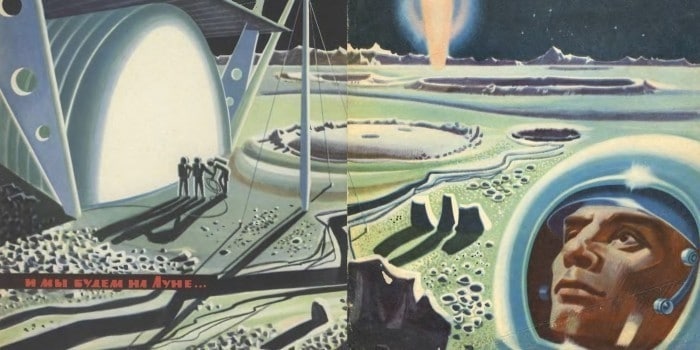
Science Fiction and Fantasy From Behind the Iron Curtain
Science fiction/fantasy, often shorthanded to SFF, is a genre of media concerned with supernatural, fantastical, or other elements beyond our current technological capabilities. Although its roots run deep, borrowing inspiration and elements present in The Odyssey or 20,000 Leagues Under the Sea, SFF truly came into its own after the Industrial Revolution. It was a […]
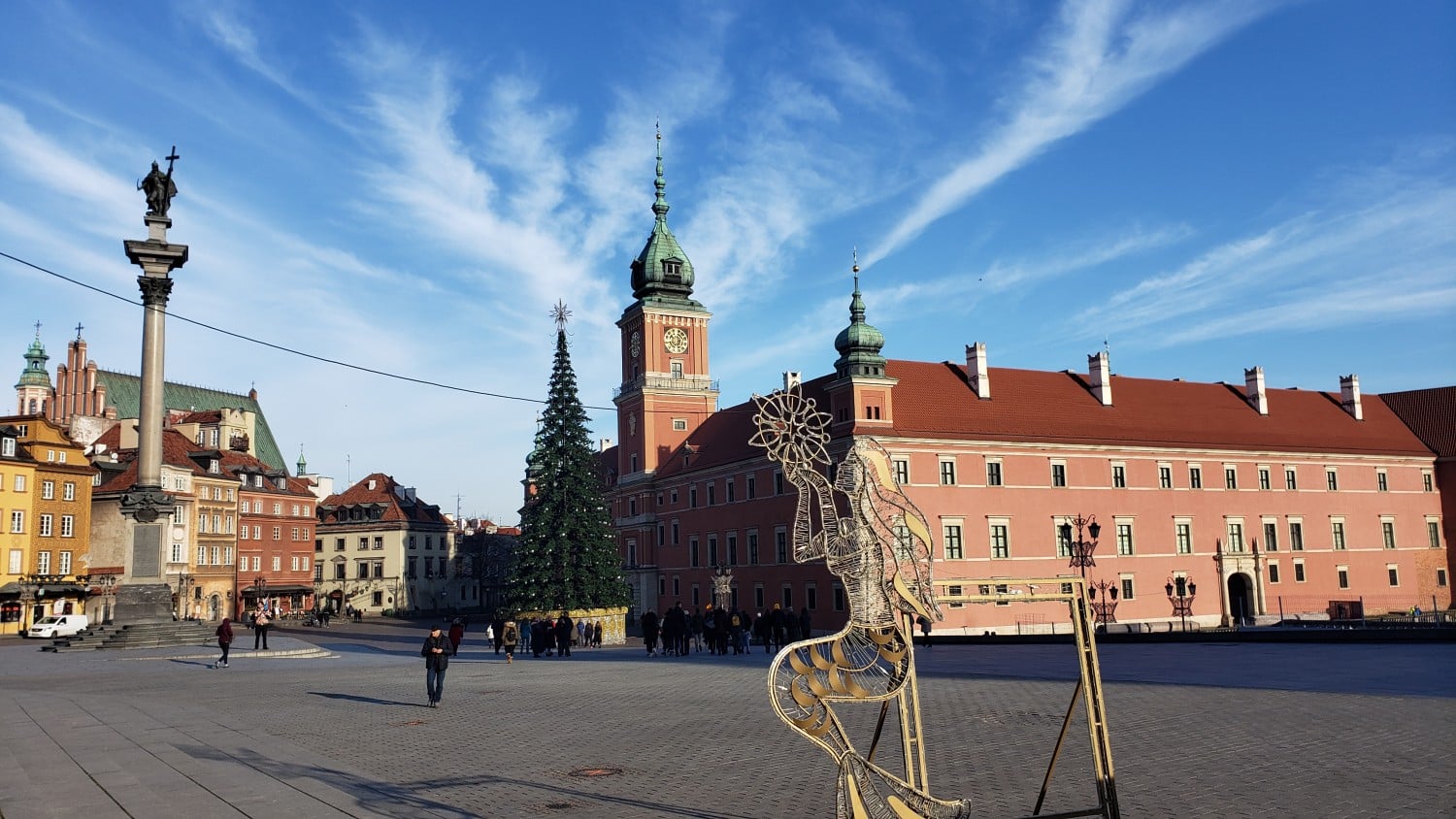
Warsaw’s Old Town District
While I was on study abroad in Warsaw, Poland, the place I visited most behind the Palace of Culture and Science, where I had classes every day, was Old Town. Why? Simply put, a trip to Old Town in Warsaw is like taking a journey back in time. It is the gem of the city […]
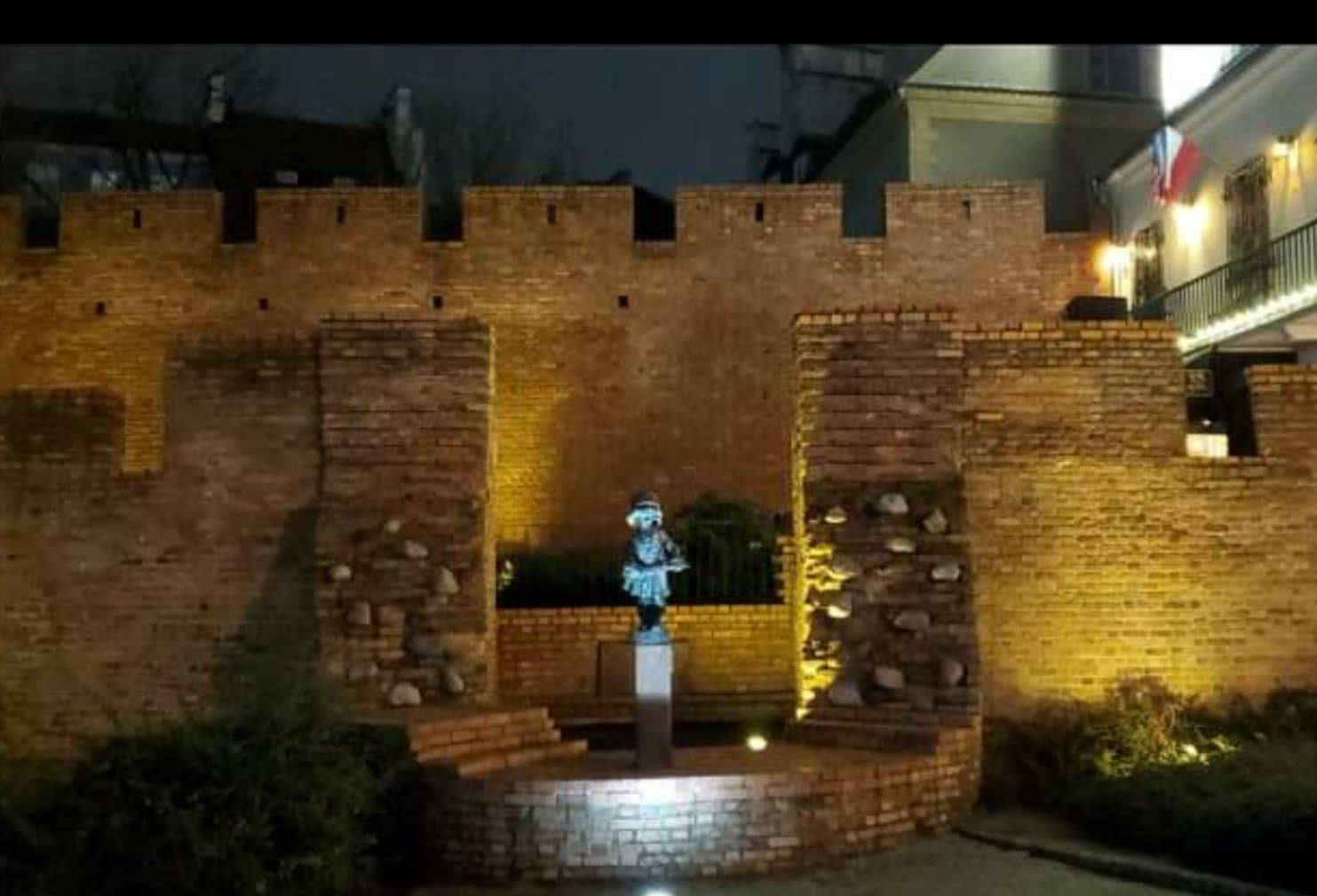
The Warsaw Uprising: Museums, Monuments, and Cultural Memory in Warsaw Today
Many of our students are profoundly moved by how vividly the Warsaw Uprising is remembered in Poland. Those who fought are revered with the respect of founding fathers. Thier symbols and history are preserved and highlighted across the city in museums, monuments, and graffitti. The narrative is popular in modern film (such as the recent […]
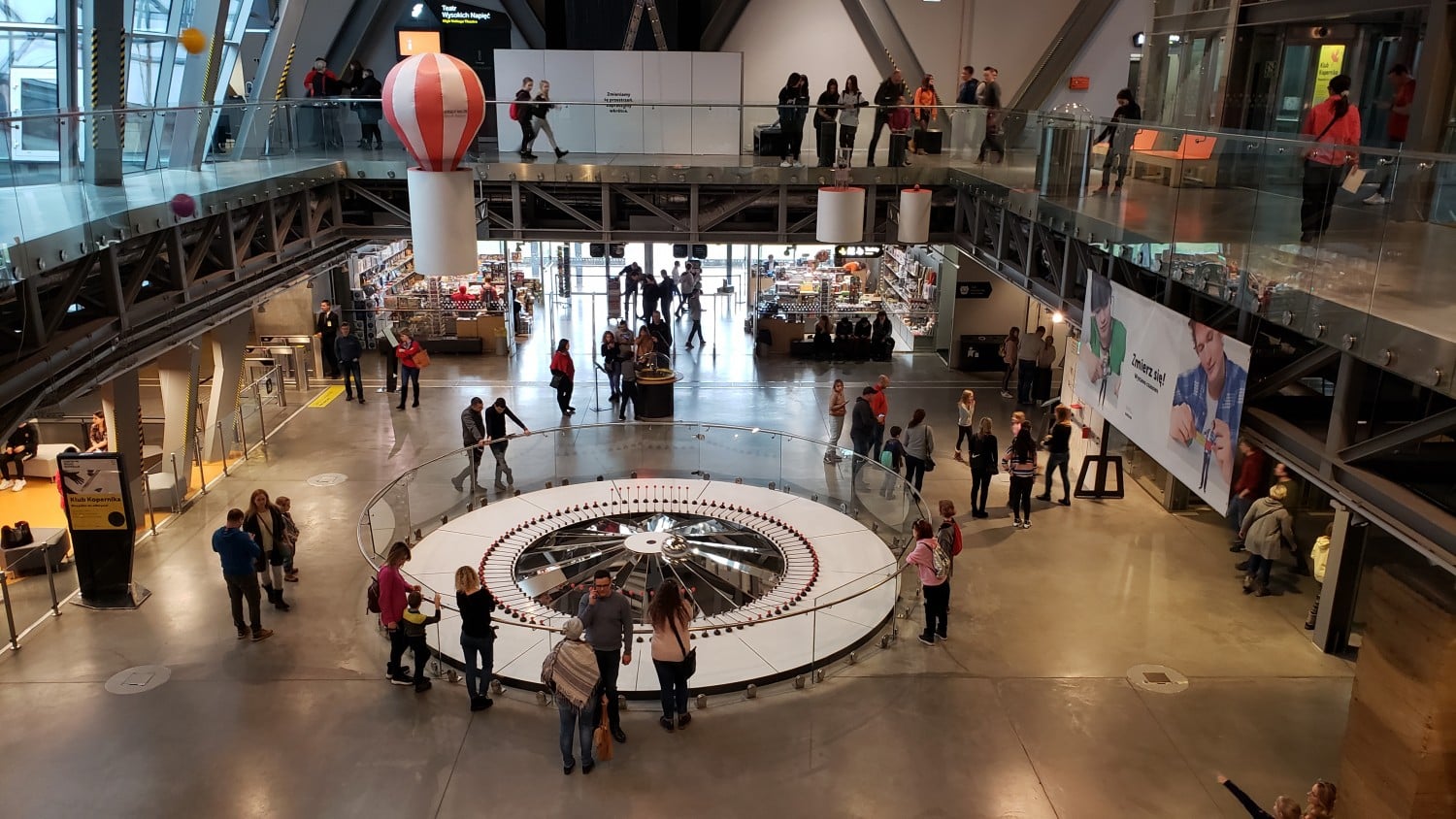
A Visit to the Copernicus Science Center, Warsaw
One of the last things I did before wrapping up my semester in Warsaw, Poland was pay a visit to the Copernicus Science Center. In this article I will share some background on the center, talk about my visit and what I learned, and finally share some photos from this sweet place! Background The science […]